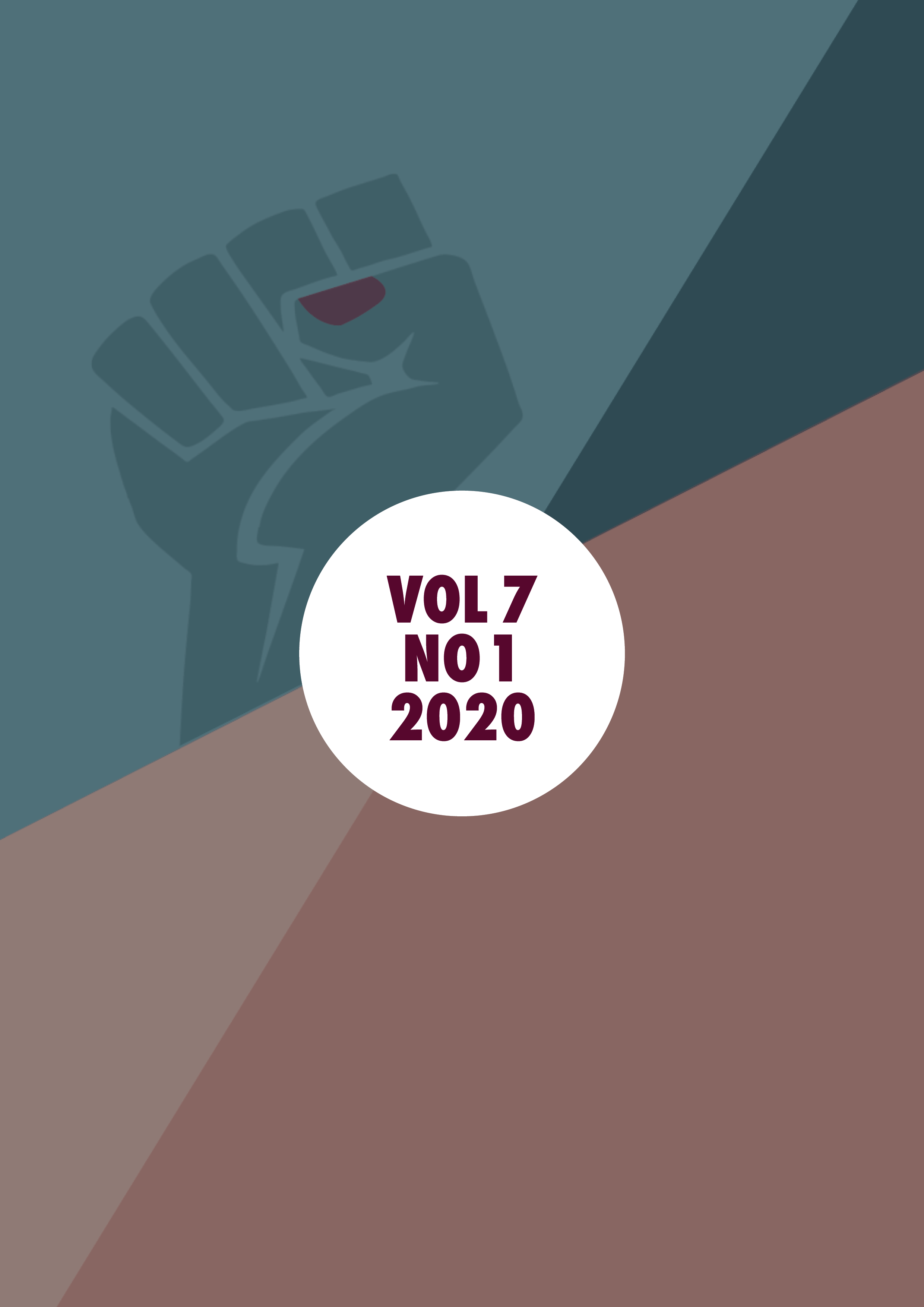Strategic Cyberbullying and the Reorganisation of Political Culture
Interfacial Refrains, Intensities and @RealDonaldTrump
DOI:
https://doi.org/10.7146/tjcp.v7i1.119856Keywords:
Affect, Interface, Event, Trump, Insults, CyberbullyingAbstract
President of the United States Donald Trump engages in ongoing Twitter-attacks on (perceived) political opponents such as named politicians, celebrities, news channels and named journalists. In June 2015 the New York Times began to compile a list of Trump’s insults on Twitter. By January 2020 the list compiles the “598 People, Places and Things Donald Trump has insulted on Twitter”. In this article, we make use of this list as an archive of condensed affective expressions that allow us to analyse the ways in which Trump uses Twitter to mobilise politically in manners which we will term ‘strategic cyberbullying’. Cyberbullying is often discussed as a phenomenon that arises among children and young people, yet we suggest that borrowing an analytic lens from cyberbullying research allows us to better understand the dynamics of Trump’s use of Twitter for political mobilisation. Through a categorical mapping of the New York Times Archive, we show how political opponents are discredited strategically and a new kind of political territory is established through an intentional circulation of particular interfacial refrains through Twitter. These refrains travel between on- and offline contexts to extend the reach of the campaign through establishing a new form of we-ness that includes and excludes communities. We show how this we-ness in Trump’s affective politics is shaped (also) by the Twitter interface and holds the potential to alter the democratic public and the thresholds for democratic participation.
Downloads
Published
How to Cite
Issue
Section
License
Copyright (c) 2020 Conjunctions. Transdisciplinary Journal of Cultural Participation

This work is licensed under a Creative Commons Attribution-NonCommercial-NoDerivatives 4.0 International License.
Copyright (c)): Author
This work is licensed under a Creative Commons Attribution-NonCommercial-NoDerivatives 4.0 International License.





